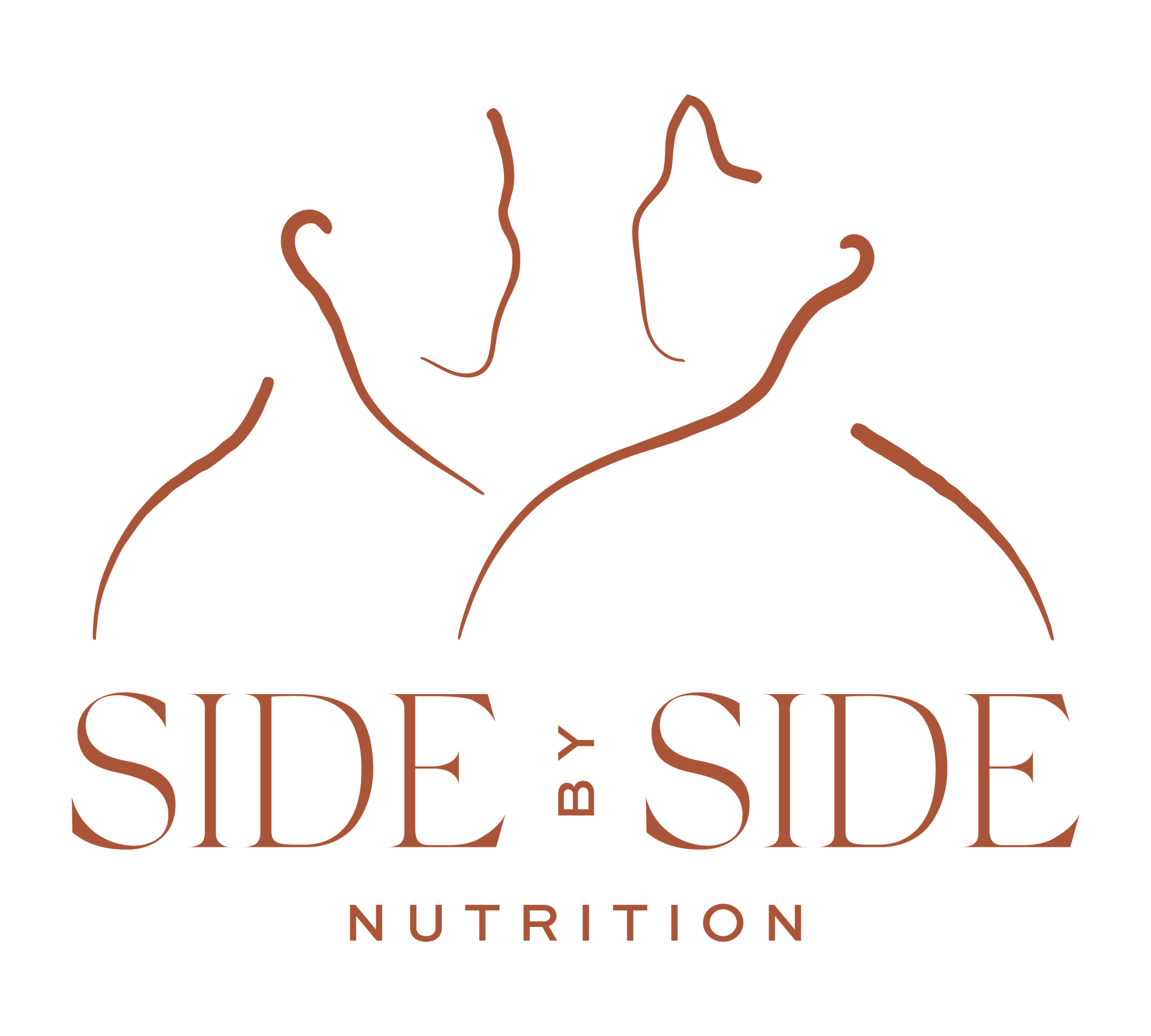How to Bring Gentleness into your Yoga Practice
With more people going back to in studio yoga classes, it can be easy to get sucked into the intensity of workout-style yoga classes and comparing yourself to the others around you. On the other hand, I truly believe there are benefits to practicing with others, such as connecting with others, learning, and removing some of the distractions there may be at home to potentially be more present.
If you’re working on healing your relationship with food or your body, yoga can be a powerful tool to support connecting with your body and breath and exploring a different form of movement. The Sanskrit terms sthira and sukha means steadiness and ease. Sthira translates to strong, steady, and stable while sukha translates to being comfortable and relaxed. On the mat, this can mean finding a balance between steadiness and relaxation, as well as gentleness. Often, there is so much focus on strength and pushing yourself in yoga classes that the gentleness is pushed aside to a few minutes at the end of practice.
I’d love to encourage you to explore gentleness in your practice and see how that can translate off the mat into your life and recovery too. Here are some ways.
Practice resting in class.
Teachers often note that you can rest in child’s pose at any point, but that is not a comfortable pose for everyone. You could explore different poses at home that feel restful, such as savasana (laying on your back or on your side), constructive rest (laying on your back, knees bent and feet on the floor), seated cross-legged (on the mat or seated on a block, bolster, or blanket). It can take some courage to rest when the rest of the class is moving, but give it a try! If you are feeling tired, are not into the sequence offered, or simply would like to rest or do something different, allow yourself to drop into a resting pose of your choice.
Find ease in the pose you are in.
Everyone comes to yoga in a different body. Some people are genetically inclined towards flexibility, and others have body proportions (again genetic) that make certain poses easier or more challenging for them. It’s always okay to use props (blankets, blocks, bolsters) or adjust the pose to work for you. Feel free to ask your teacher for guidance on how to adjust poses, and if you are in a larger body, there are some great online classes that can show how to use props or different poses. There is never a right or wrong way to do a pose, and if a pose isn’t working for you or is causing pain, it’s okay to choose a different pose.
As an example, many classes start in sukhasana, which is a seated cross-legged pose. I always prefer to grab a bolster or blanket (or blanket stacked on top of a bolster) to allow my hips to feel more comfortable. You can use as many blankets as you need to find a comfortable seat. If you can’t feel comfortable there, you could also sit on a blanket or bolster with your legs straight out in front of you or in a wide straddle, or sit on your shins.
Find a focus point.
Different focus points may be offered in class, such as awareness to the breath, body sensations, or a gaze point (drishti). If focusing on your breath is challenging, as it can be for many with trauma, you can always choose a different item to focus on. For example, you could focus on your feet against the mat, find a point on your mat or floor to gaze at, or use a phrase or mantra to repeat in your mind. If it works for you, you can focus on your breath flowing in and out, or nofice different sensations in your body, such as where you feel engaged or what feels like it’s stretching in each pose. The sound of the instructor’s voice or any music being used can also be a focus point.
Explore a different style of yoga.
If you’re used to taking power or vinyasa classes, allow yourself to try out a yin, restorative, or gentle yoga class. If you’re taking a break from movement, you could also explore breathwork or meditation practices instead of asana (pose) classes. It can be uncomfortable to slow down and be with yourself, and it can be a gift to your body to incorporate a slower, gentler practice.
As you practice gentleness on your mat, see if you can bring any of these practices to your recovery. You could use a focus point to help get through a meal or strong urges by listening to music or repeating a mantra in your mind, or allow yourself to rest for a moment in your day if you’re used to being constantly on the move.
